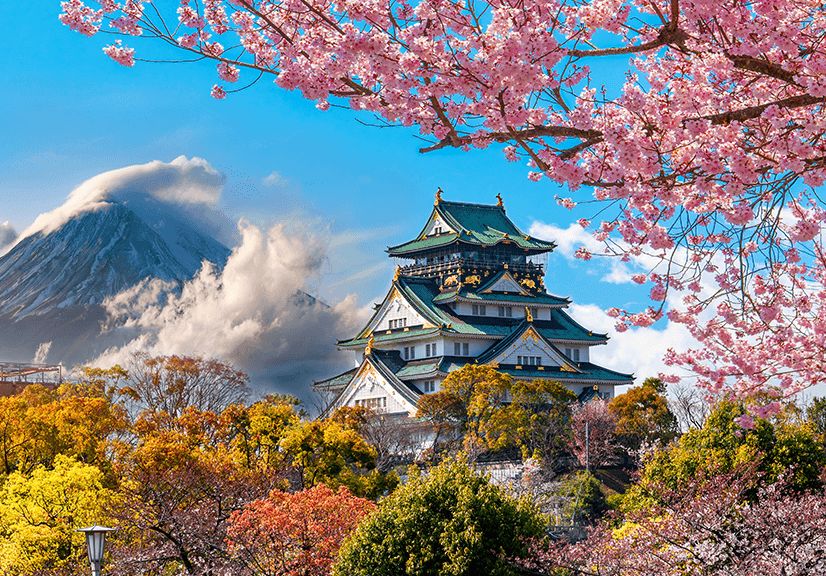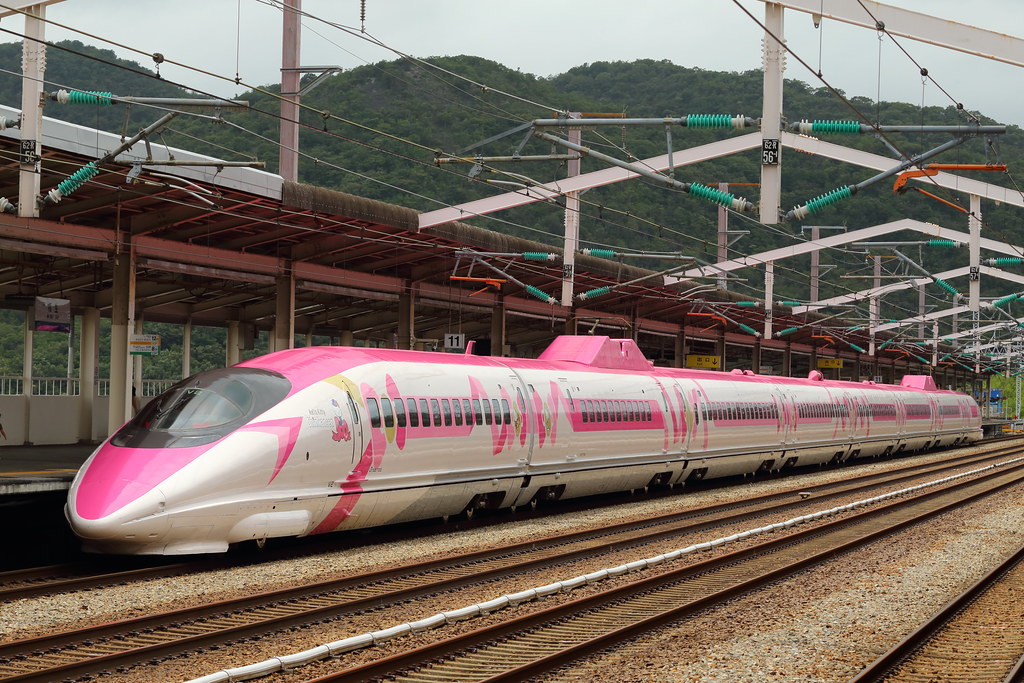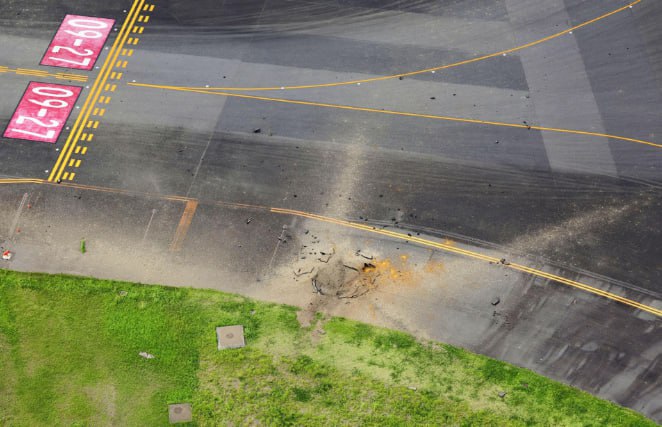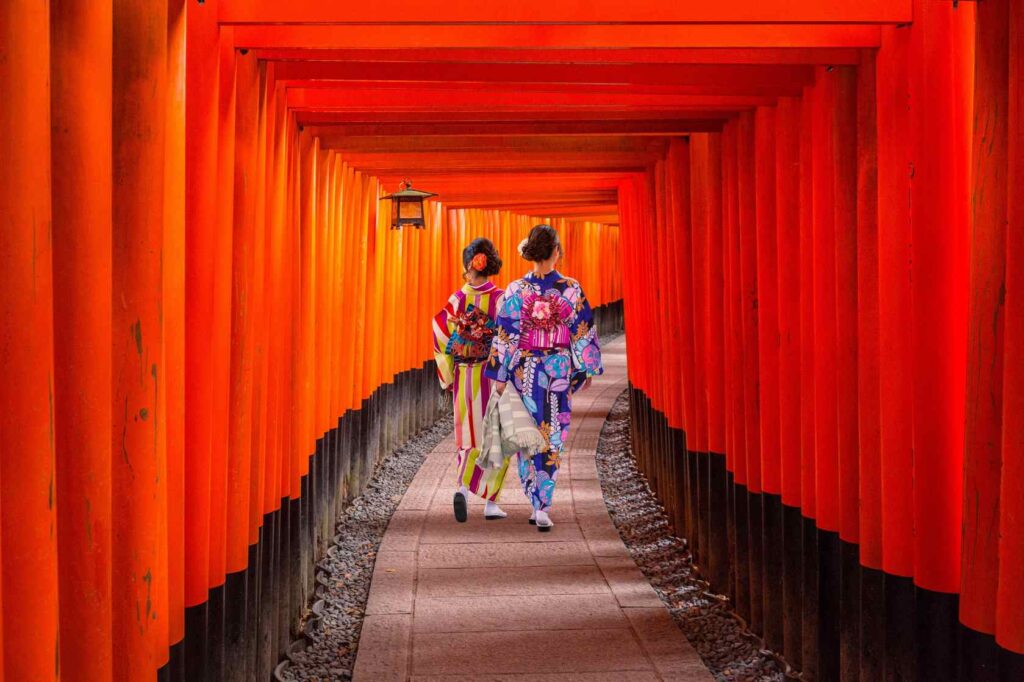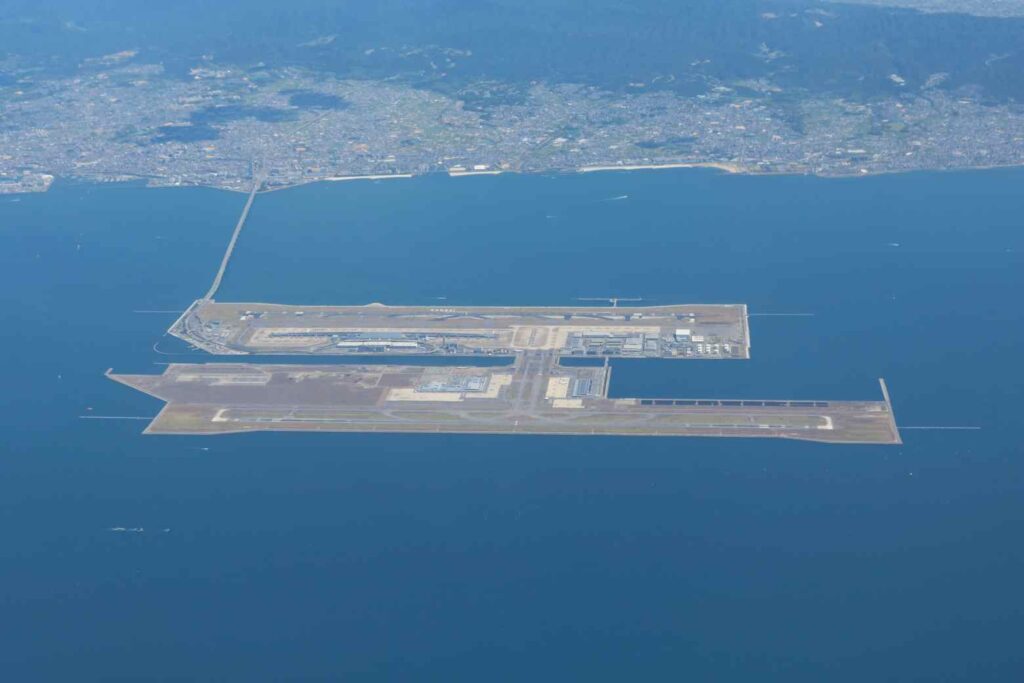Starting in the summer of 2025, hikers planning to climb any of the four main trails on Japan’s iconic Mount Fuji will be required to pay an entrance fee of 4,000 yen (about $27 USD). This new policy, aimed at addressing overtourism and environmental concerns, was announced by the Japanese government on March 17, 2025.
Mount Fuji, once a serene destination for pilgrims, has seen an unprecedented surge in foreign visitors in recent years. The mountain, known for its breathtaking beauty and cultural significance, has been increasingly affected by the influx of tourists, raising concerns over safety and ecological damage. As a result, the government is taking steps to manage the impact of tourism on this UNESCO World Heritage site.
Fee Structure and Impact
In 2024, the Yamanashi Prefecture, which oversees one of the most popular routes, the Yoshida Trail, introduced a 2,000 yen (around $14 USD) entrance fee, with an optional donation. This move helped manage the flow of visitors on the busiest trail leading up to the active volcano. However, with the continued rise in the number of tourists and concerns over the environmental strain on Mount Fuji, the Japanese government decided to implement a uniform fee across all major routes.
The new 4,000 yen fee will be in place for the entire hiking season, which runs from July to September, and applies to all four main trails. The Yoshida Trail fee will be doubled during this peak season, while the three other previously free routes will now require hikers to pay for access. The government hopes that these measures will not only help limit overcrowding but also raise funds to support preservation efforts and enhance safety along the trails.
Ecological and Safety Concerns
In addition to the introduction of entrance fees, the government has also implemented daily limits and mandatory online reservations for the Yoshida Trail. These steps are designed to ensure that the trails are not overburdened by too many hikers at once, reducing the risk of accidents and minimizing the environmental impact of tourism. Mount Fuji is covered in snow for much of the year, but during the summer months, many trekkers ascend the mountain overnight to catch a glimpse of the stunning sunrise from the summit.


